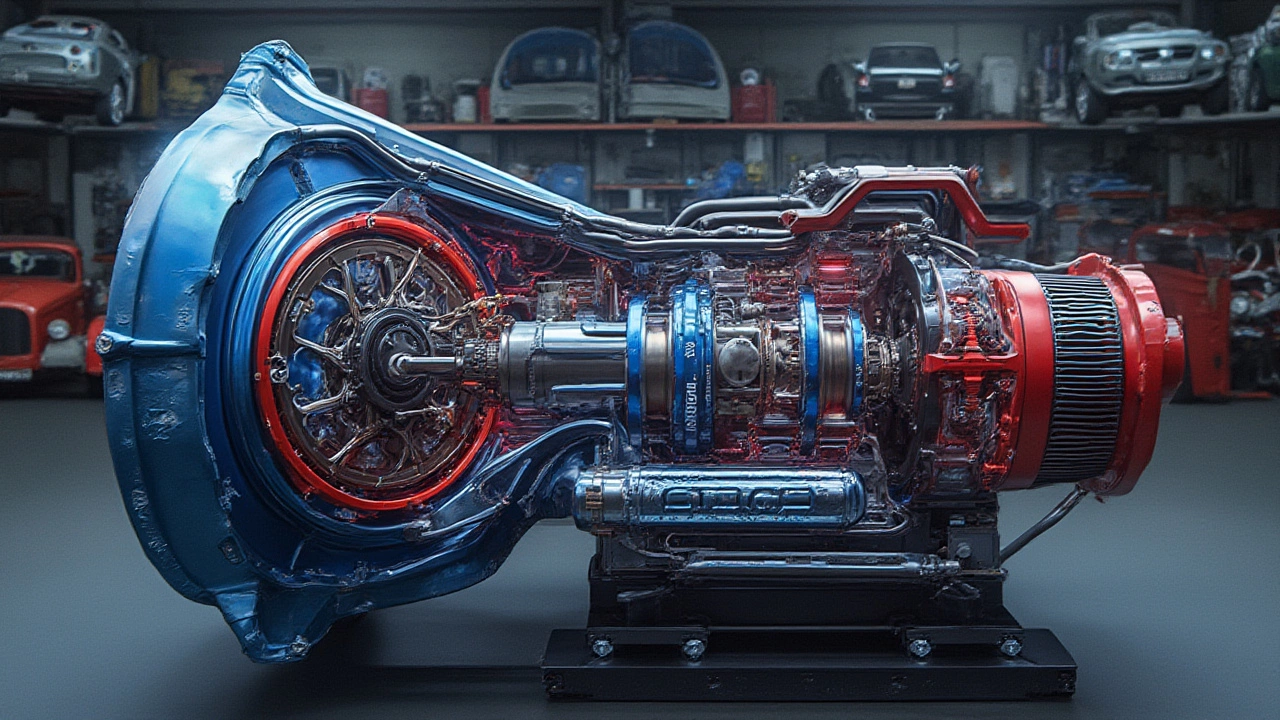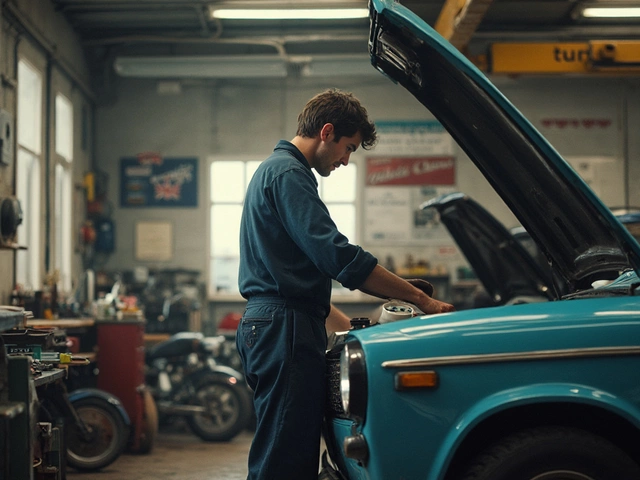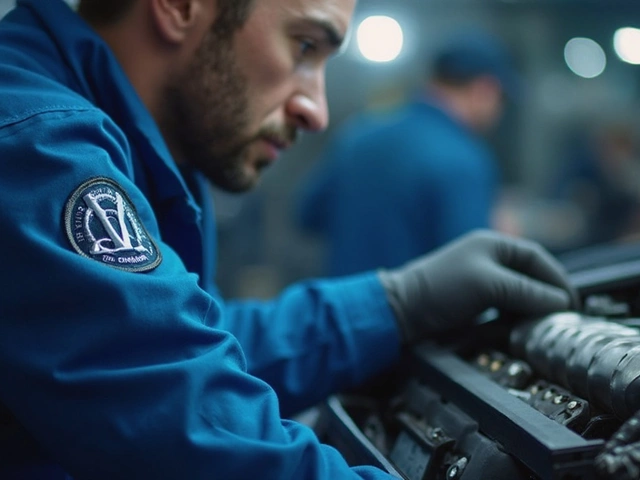Performance Clutch: A Practical Guide for Better Power and Drive
If you love a quick launch, crisp shifts, and a car that feels more alive, a performance clutch might be the upgrade you need. Unlike a stock clutch that’s built for everyday comfort, a performance clutch is designed to handle more torque, higher revs, and aggressive driving. Below we’ll look at how it works, when it makes sense, and what to watch out for so you get the most out of the upgrade.
Why Choose a Performance Clutch?
A performance clutch typically has a stronger pressure plate, a friction material that tolerates heat, and a lighter flywheel. The result is faster engagement, less slip, and a more direct connection between the engine and wheels. If you’ve ever felt the stock clutch slipping under hard acceleration or notice a fuzzy feeling during gear changes, a performance clutch can smooth those issues out. It’s also a popular choice for track days, short‑track racing, and spirited weekend drives.
Key Features to Look For
Stronger Pressure Plate: This component presses the clutch disc against the flywheel. A higher clamping force means the disc stays engaged even when torque spikes.
High‑Performance Friction Material: Ceramic or carbon‑based compounds handle heat better than organic stock materials, reducing fade during long runs.
Lightweight Flywheel (optional): Reducing rotating mass helps the engine rev quicker, improving throttle response. Pairing it with a performance clutch gives a noticeable lift‑off feel.
Adjusted Pedal Feel: Many kits include a shorter throw or a stiffer pedal spring, giving a sportier feel and quicker shifts.
When picking a kit, match the clutch’s torque rating to your engine’s output. Over‑specifying a clutch can cause harsh engagement, while under‑specifying can lead to premature wear.
Installation Tips and Common Pitfalls
Installing a performance clutch isn’t rocket science, but it does need attention to detail. First, make sure the clutch disc, pressure plate, and flywheel are all from the same kit; mixing components can cause uneven wear. Clean the flywheel surface thoroughly—any oil or residue will ruin the new friction material.
Torque the pressure plate bolts in the correct pattern and to the manufacturer’s spec. Skipping this step often leads to warping or uneven pressure, which feels like a shudder when you shift. After fitting, bench‑test the clutch by pressing the pedal a few times before driving. Listen for any rattles and check that the pedal travel feels consistent.
One common mistake is forgetting to adjust the clutch pedal linkage after a shorter throw kit. If the pedal feels too stiff or doesn’t reach the floor, you may need to shorten the pushrod or adjust the hydraulic system.
Maintenance and Longevity
Even the toughest performance clutch needs regular care. After a track session, let the clutch cool down before shut‑down; sudden cooling can cause thermal shock and crack the friction material. Check for oil leaks around the master cylinder and slave cylinder, as oil can contaminate the clutch disc and cause slip.
Replace the clutch disc before the pressure plate if you notice a burning smell, slipping at high RPM, or a spongy pedal. Most performance clutches last 30,000‑50,000 miles under aggressive driving, but daily commuters may get much farther.
Finally, keep an eye on your clutch’s break‑in period. Many kits recommend a gentle drive for the first 200‑300 miles—avoid full‑throttle launches until the friction material has fully seated.
Whether you’re chasing quarter‑mile times or just want sharper shifts on twisty roads, a performance clutch can transform how your car feels. Choose a kit that matches your power, follow proper installation steps, and stay on top of basic maintenance, and you’ll enjoy a stronger, more responsive connection between engine and road for years to come.
 21 July 2025
21 July 2025
Stage 2 Clutch Kit Explained: Benefits, Performance, and Why Drivers Upgrade
Learn what a Stage 2 clutch kit is, why it matters, and how it transforms your driving experience. Discover performance upgrades and tips for manual transmissions.






0